For centuries, humans have marveled at the precision of bird migration. These remarkable creatures traverse thousands of miles across open ocean, often returning to the exact same locations year after year. While we’ve long known that birds use complex navigation techniques including celestial cues, magnetic fields, and landmarks, recent research has uncovered a fascinating connection between bird migration and ocean currents. This relationship between birds and maritime water movements not only demonstrates nature’s intricate interconnectedness but also has significant implications for bird conservation, environmental management, and even the simple joy of birdwatching. Let’s explore the remarkable truth about how ocean currents influence avian travel and what these discoveries mean for those who care about our feathered friends.
The Fundamental Science of Ocean Currents

Ocean currents function as rivers within the sea, circulating water masses around our planet in complex but predictable patterns. These currents are driven by multiple factors including wind, water density differences, the Earth’s rotation, and temperature variations across the ocean. The major current systems, like the Gulf Stream in the Atlantic and the Kuroshio Current in the Pacific, transport warm water toward the poles and cold water toward the equator, helping regulate our planet’s climate. These massive movements of water also carry nutrients, affect weather patterns, and, as science now confirms, play a crucial role in the navigation systems of many migratory bird species. Understanding these currents provides the foundation for appreciating how birds have evolved to utilize these maritime highways.
How Birds Detect and Interpret Ocean Currents
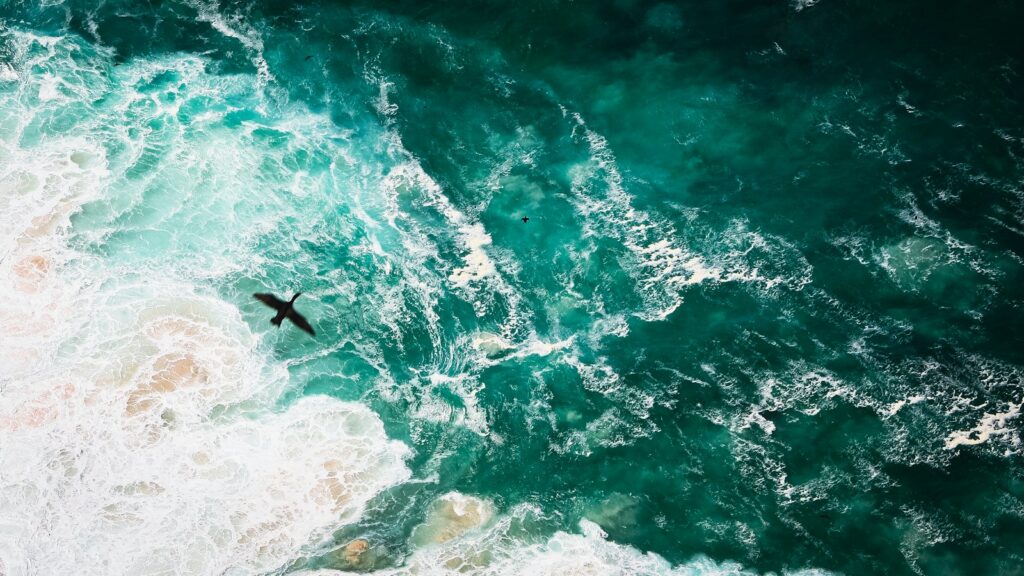
Birds possess remarkable sensory abilities that allow them to detect and interpret ocean currents in ways humans can barely comprehend. Research suggests that some species can sense subtle changes in air pressure, temperature, and humidity that occur above different water masses, essentially “reading” the ocean from above. Seabirds like albatrosses and petrels can detect minute differences in wind patterns that form above currents, allowing them to identify productive feeding areas or efficient travel routes. Some species may even detect the faint sounds of water movement or sense the Earth’s magnetic field as it’s affected by the electrically conductive saltwater flowing in currents. These adaptations demonstrate the extraordinary evolutionary refinement that has occurred over millions of years as birds developed their migration strategies.
The Discovery of Current-Following Behaviors
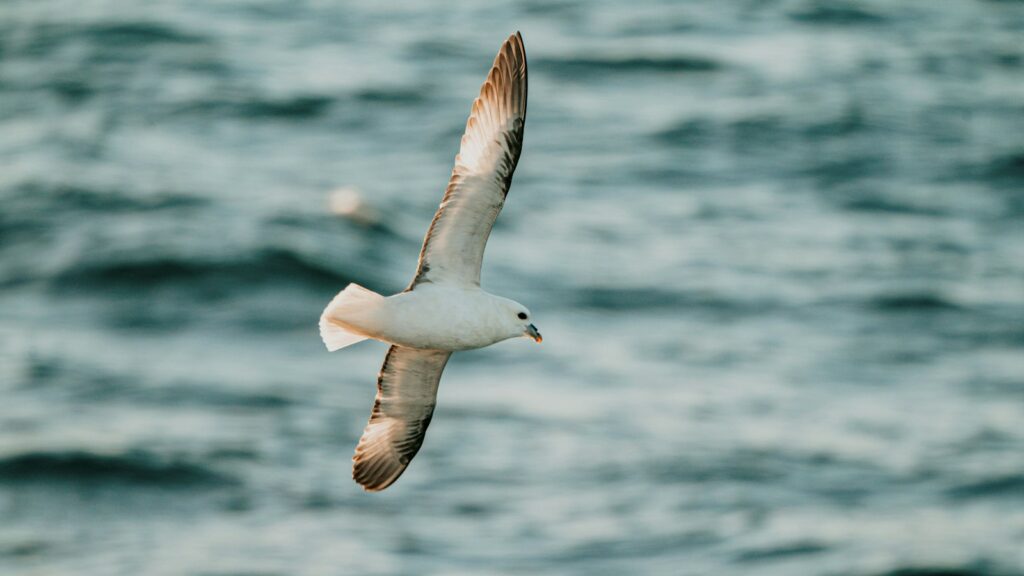
The scientific understanding of birds’ relationship with ocean currents has evolved dramatically in recent decades, primarily due to technological advances in tracking devices. In the 1990s, researchers began attaching tiny satellite transmitters to larger seabirds, revealing for the first time that species like the wandering albatross precisely track certain ocean currents during their epic journeys. Later studies using GPS loggers and geolocators demonstrated that even smaller birds, including Arctic terns and sooty shearwaters, align their migration routes with major current systems. One groundbreaking study in 2011 revealed that great shearwaters in the Atlantic Ocean follow a clockwise migration route that perfectly matches the circulation of the North Atlantic Gyre. These discoveries have transformed our understanding of bird migration from a primarily celestial and magnetic navigation model to one that incorporates these massive oceanic highways.
Energy Conservation: The Primary Advantage
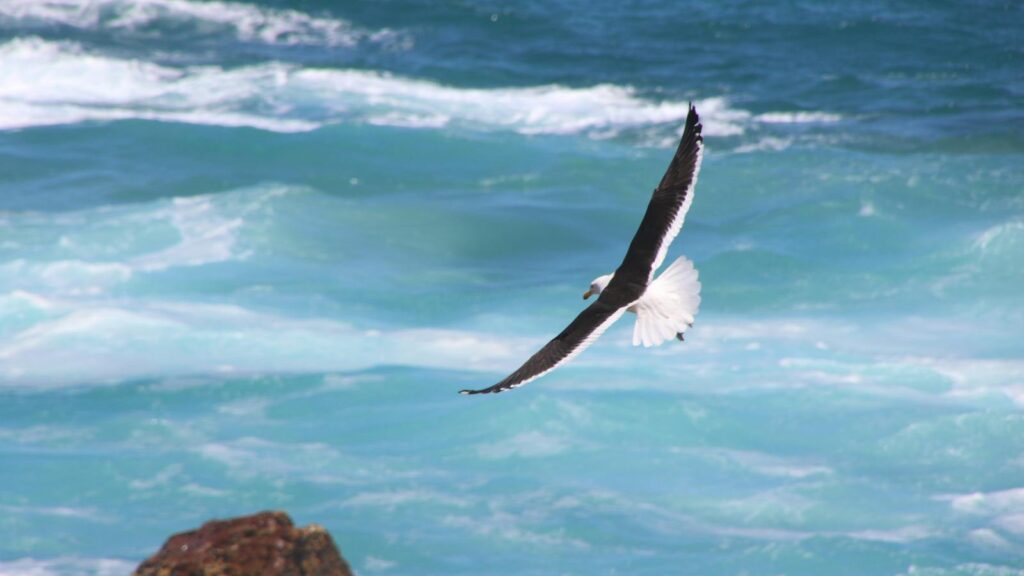
The most significant benefit birds gain from following ocean currents is energy conservation, which is crucial during the physically demanding process of migration. By riding favorable currents, birds can dramatically reduce the energy required to travel vast distances, much like a cyclist riding with a tailwind or a boat moving with the current instead of against it. Research has shown that some seabirds can reduce their energy expenditure by up to 40% when traveling with currents compared to flying against them. This energy saving can mean the difference between successful migration and exhaustion, particularly for smaller species or those undertaking extraordinarily long journeys. For birds that might travel 40,000 miles in a year, like the Arctic tern, these energy savings accumulate to create significant survival advantages over those that don’t utilize currents effectively.
Finding Food: Currents as Biological Hotspots
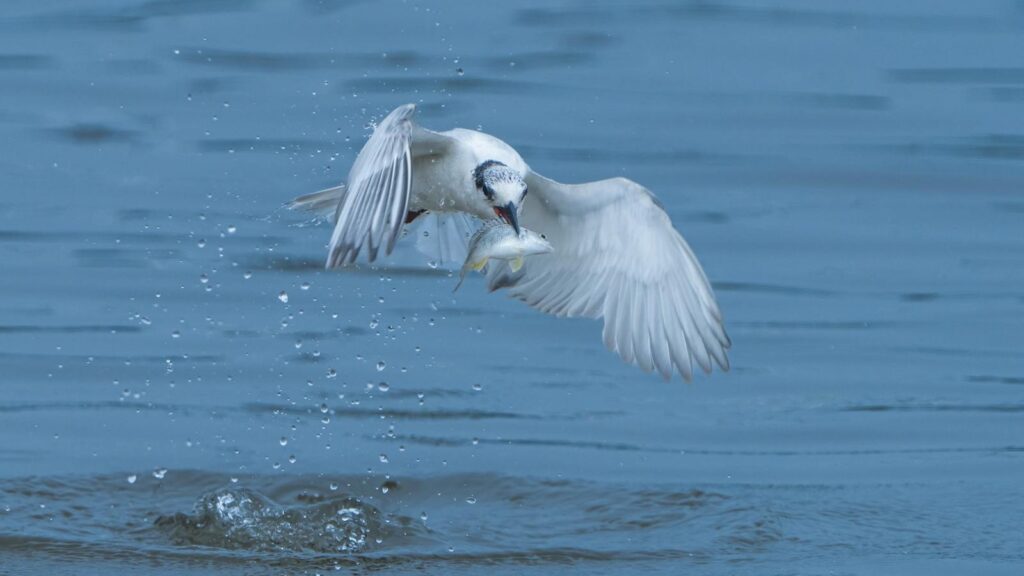
Ocean currents create biological hotspots that serve as critical feeding grounds for migratory birds. Where currents converge or upwell from the deep ocean, they bring nutrients to the surface, sparking blooms of phytoplankton that fuel entire food webs. Birds have evolved to recognize and seek out these productive areas, which often support abundant fish, squid, and crustacean populations. The Benguela Current off southwestern Africa, for example, supports millions of seabirds including Cape gannets and African penguins precisely because of its nutrient-rich upwelling. Similarly, the convergence zones where the warm Gulf Stream meets colder waters create feeding frenzies that attract species like Wilson’s storm petrels and Cory’s shearwaters. This relationship between currents and food availability has shaped migration patterns over evolutionary time, with birds adjusting their travel schedules to coincide with seasonal productivity cycles in these current-driven hotspots.
The Remarkable Case of the Arctic Tern
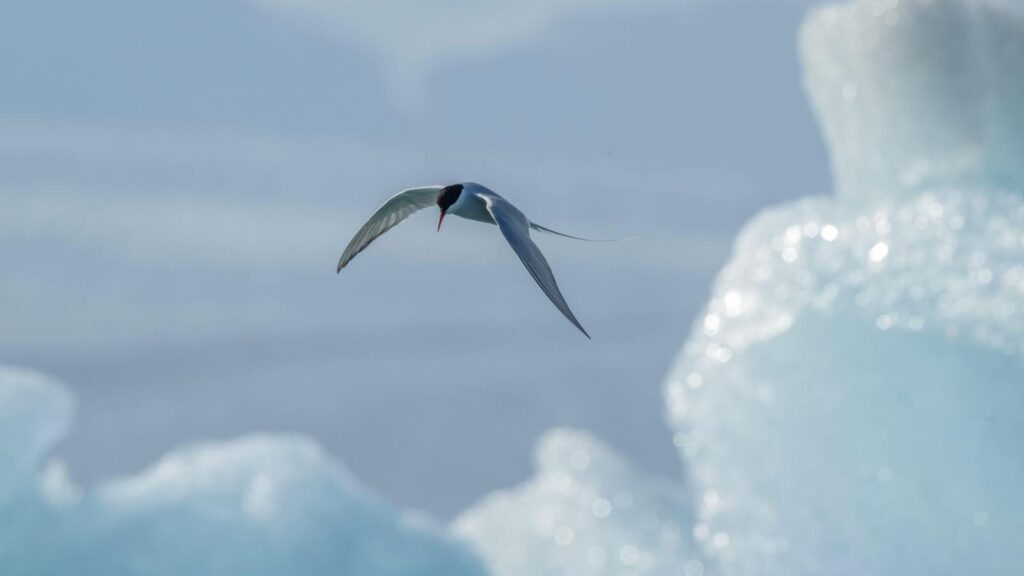
The Arctic tern exemplifies the extraordinary relationship between birds and ocean currents more dramatically than perhaps any other species. These small seabirds undertake the longest migration known in the animal kingdom, traveling from Arctic breeding grounds to Antarctic feeding areas and back each year—a round trip of roughly 44,000 miles. Recent tracking studies have revealed that Arctic terns don’t fly this distance in a straight line but instead follow a complex S-shaped route that precisely matches major Atlantic Ocean currents. On their southward journey, they ride the North Atlantic Current and Canary Current down the eastern Atlantic before crossing to follow the Benguela Current along Africa’s west coast. The return journey utilizes the powerful Antarctic Circumpolar Current and other systems. This strategic use of currents allows these small birds, weighing just 4 ounces, to complete a journey that would otherwise require impossibly large energy reserves.
Climate Change: Disrupting Ancient Patterns
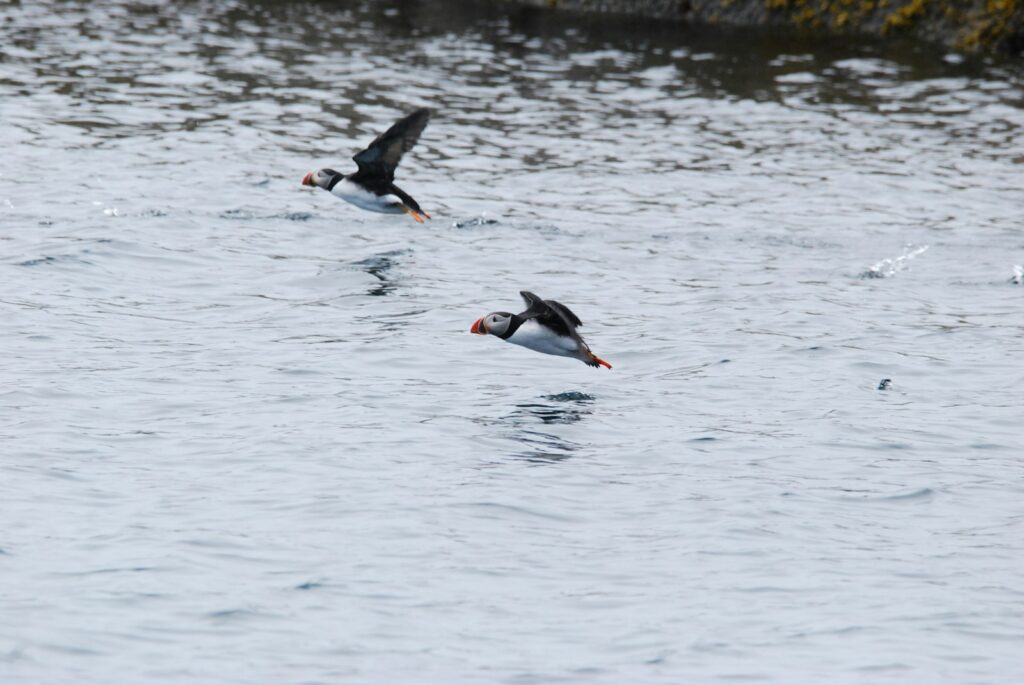
Climate change poses a serious threat to the delicate relationship between birds and ocean currents that has evolved over millennia. Rising ocean temperatures are already altering the strength, position, and timing of major current systems worldwide. The Gulf Stream, for instance, has shown signs of weakening by approximately 15% since the mid-20th century, while the timing of seasonal current shifts in many regions has become less predictable. These changes create a dangerous mismatch between birds’ genetically programmed migration schedules and the optimal current conditions they depend on. A 2019 study published in Nature Climate Change documented how Atlantic puffins and Manx shearwaters are increasingly encountering unfavorable current conditions during critical migration periods, resulting in higher mortality rates and reduced breeding success. As ocean circulation continues to change in coming decades, many species may struggle to adapt quickly enough to these shifting maritime highways.
Pollution Threats Along Current Highways
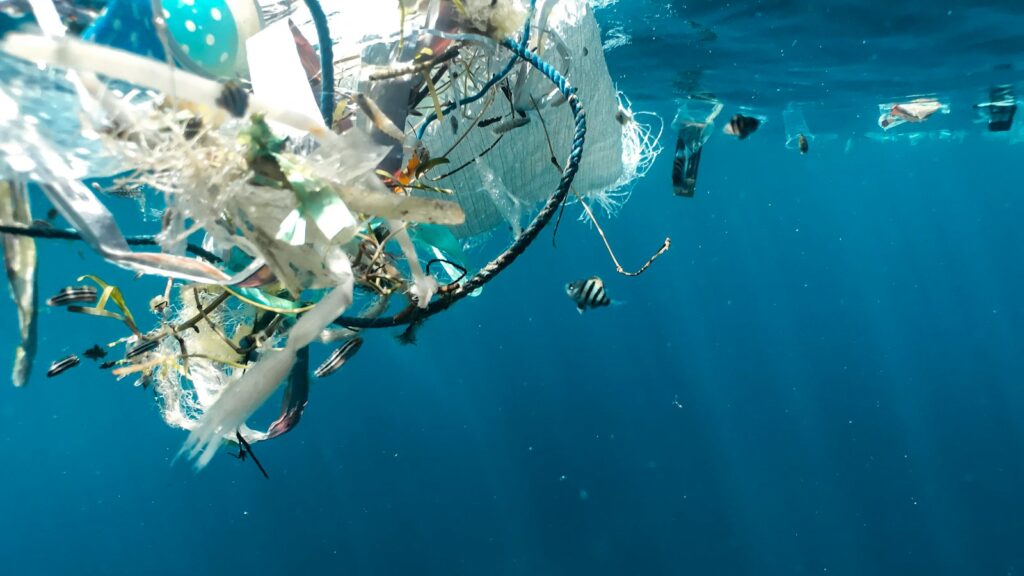
Ocean currents not only guide birds but also concentrate human pollution in ways that create hazards along these avian highways. Plastics and other debris tend to accumulate in the same current convergence zones that birds frequent for feeding, leading to increased ingestion of harmful materials. The Great Pacific Garbage Patch, located within the North Pacific Gyre, intersects with migration routes used by species like Laysan albatrosses and black-footed albatrosses, resulting in high plastic ingestion rates among these populations. Oil spills present another danger, as currents can spread contaminants directly into the paths of migrating birds. The 2010 Deepwater Horizon disaster in the Gulf of Mexico was particularly devastating because it occurred in a region where currents concentrate both marine life and migratory birds. Conservation efforts increasingly recognize that protecting birds requires addressing pollution sources that affect the current systems birds depend upon.
Conservation Implications of Current-Following Behaviors
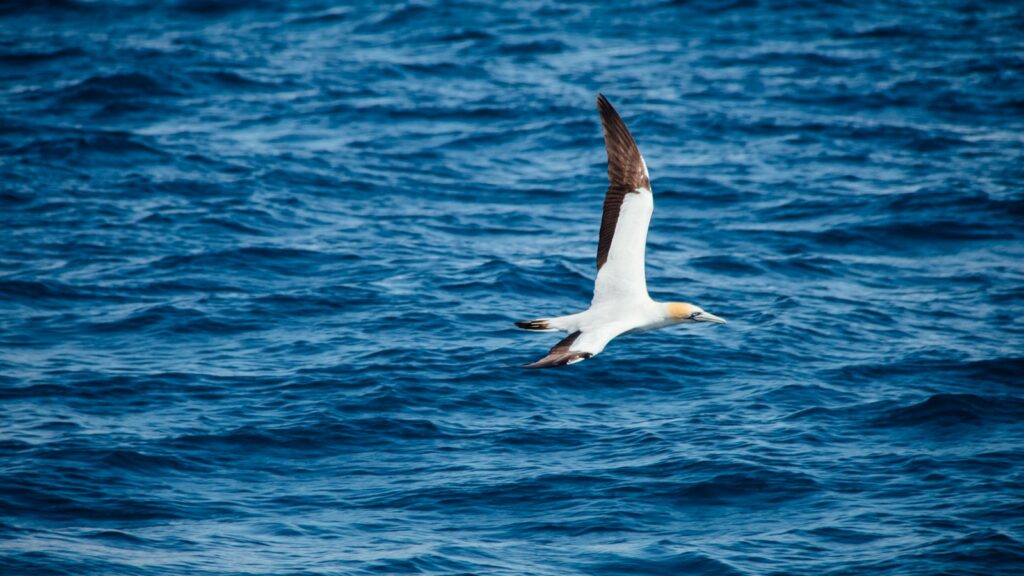
Understanding how birds utilize ocean currents has revolutionary implications for conservation strategies worldwide. Traditional protected area approaches often focus on static breeding or feeding locations, but research on current-following behaviors reveals the need for dynamic protection along entire migration corridors. Several pioneering conservation initiatives now incorporate ocean current data into their planning. The “Marine Important Bird Areas” program, led by BirdLife International, identifies and works to protect key oceanic regions where currents create critical habitat for seabirds. Similarly, the Convention on Migratory Species has begun advocating for “mobile marine protected areas” that would shift seasonally based on current patterns and bird movements. These innovative approaches recognize that effective conservation must account for the fluid nature of both ocean dynamics and the birds that depend on them.
Technological Advances in Tracking Bird-Current Relationships

The relationship between birds and ocean currents remained largely theoretical until recent technological breakthroughs revolutionized our ability to track both bird movements and oceanic conditions simultaneously. Modern GPS tracking devices weighing less than a gram can now be attached to birds as small as songbirds, recording location data every few minutes for months or even years. Meanwhile, satellite oceanography and autonomous ocean gliders provide unprecedented detail about current conditions across the world’s oceans. When combined, these technologies allow scientists to correlate bird movements with current patterns at a scale and precision previously unimaginable. A particularly exciting development is the integration of artificial intelligence to analyze these massive datasets, identifying subtle patterns in how different species interact with various current features. These technological tools continue to reveal increasingly complex and sophisticated ways in which birds navigate the oceanic environment.
What Bird Lovers Can Observe: Current Effects on Local Birdlife

Even without advanced tracking technology, attentive bird enthusiasts can observe the effects of ocean currents on birds in their local areas, particularly along coastlines. After strong storms that temporarily intensify certain currents, birdwatchers often report unusual species appearing far outside their normal ranges—a phenomenon known as “weather-related vagrancy.” Coastal birding hotspots near current convergence zones, such as Cape May in New Jersey or Point Reyes in California, consistently attract higher diversity and numbers of birds compared to nearby areas without such oceanographic features. Seasonal patterns in bird abundance often correlate with seasonal shifts in nearby current systems. For example, the appearance of certain seabirds along the Pacific Northwest coast typically coincides with the strengthening of the California Current in spring and summer. By learning about local ocean conditions, bird enthusiasts can enhance their understanding and appreciation of the avian movements they witness.
Supporting Bird Conservation in the Age of Current Disruption

Bird lovers concerned about how changing ocean currents affect avian travelers can take meaningful action through several avenues. Supporting organizations that conduct research on seabird migration and ocean health, such as the Ocean Conservancy or BirdLife International, helps fund critical tracking studies and conservation initiatives. Reducing personal plastic consumption and participating in coastal cleanup events directly addresses one of the major threats birds face along current-defined migration routes. Political advocacy for climate policies that would slow the disruption of ocean circulation patterns represents another important contribution. Citizen science programs like eBird allow birders to contribute valuable data that helps researchers track how bird distributions are shifting in response to changing ocean conditions. These collective efforts, while seemingly small individually, combine to create meaningful support for birds navigating an increasingly challenging oceanic environment.
Future Research Directions: What We Still Need to Learn
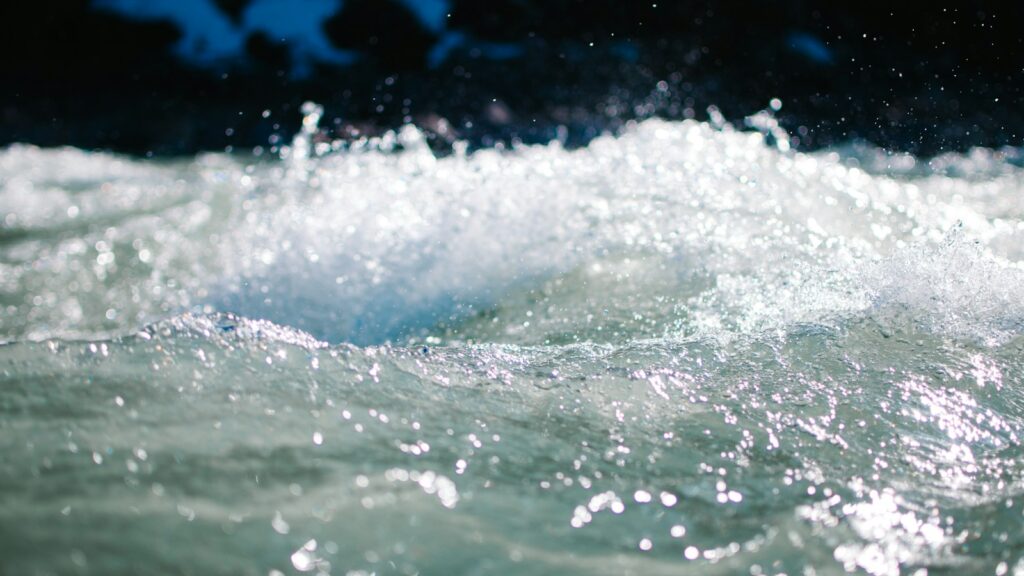
Despite remarkable progress in understanding the relationship between birds and ocean currents, significant knowledge gaps remain that will drive future research endeavors. Scientists still understand relatively little about how smaller landbirds that cross oceans during migration might utilize currents, as most detailed tracking studies have focused on larger seabirds. The sensory mechanisms that allow birds to detect and navigate currents remain poorly understood and represent an exciting frontier in sensory biology. How different species might adapt to changing current patterns—whether through behavioral flexibility, altered migration timing, or evolutionary processes—remains largely unknown but critically important in predicting future conservation needs. Emerging research is also beginning to explore how ocean currents might influence disease transmission among bird populations, potentially affecting both wildlife and human health. These questions will shape the next generation of scientific inquiry into this fascinating aspect of avian ecology.
Conclusion
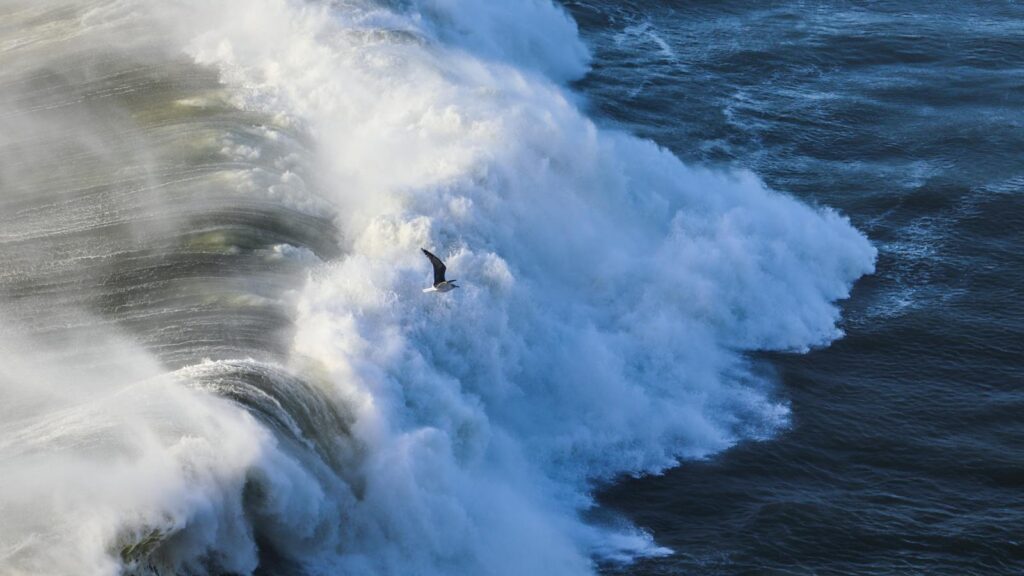
The relationship between birds and ocean currents reveals nature’s extraordinary complexity and interconnectedness. Far from simply flying over an indifferent sea, migratory birds have evolved sophisticated strategies to detect, interpret, and utilize the ocean’s dynamic circulation systems. This relationship provides energy savings, guides birds to food-rich areas, and shapes migration routes that have been followed for countless generations. As climate change and pollution threaten to disrupt these ancient patterns, understanding bird-current interactions becomes increasingly important for conservation. For bird enthusiasts, appreciating this dimension of avian life adds depth to the wonder we feel watching a seabird glide effortlessly across the waves—that bird isn’t just flying above the ocean but is intimately connected to the invisible highways flowing beneath its wings, a testament to the remarkable adaptations that enable birds to thrive in our world.
